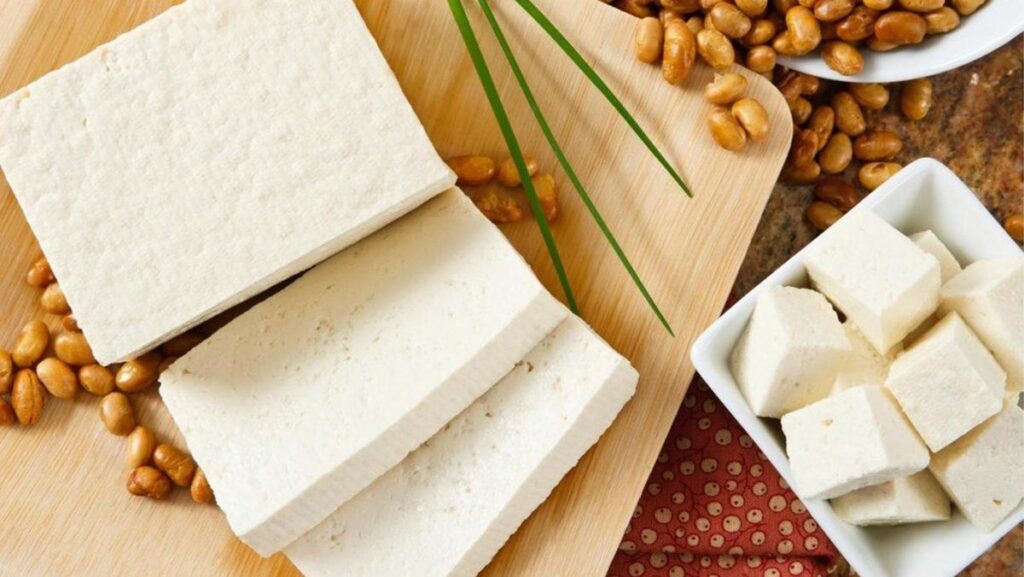Why Protein Still Matters — And Why It Doesn’t Have to Come From Meat

Protein is often associated with meat, eggs, and dairy — but there’s a growing shift toward plant-based diets. And here’s the good news: plants have protein too — and plenty of it.
A plant-powered diet is just one piece of the wellness puzzle—learn how facial and finger reflexology can complement your routine
“All plants contain protein,” says Dr. Andrea Glenn, assistant professor of nutrition at New York University. “It’s entirely possible to meet your protein needs from plant foods alone.”
In this guide, we’ll break down:
- Why your body needs protein
- How much is enough
- The top plant-based protein sources
- Smart food swaps to reduce meat intake
- What to know about meat substitutes
💪 Why We Need Protein
Protein is a macronutrient essential for survival. It builds and repairs tissues like muscle, bone, skin, and cartilage. It also helps form hormones, enzymes, and immune cells — plus, it provides energy.
📏 How Much Protein Do You Need Daily?
Most adults need 0.8 grams of protein per kilogram of body weight (or 0.36 grams per pound). That’s around 54 grams per day for a 150-pound person.
Some groups — like children, pregnant individuals, and older adults — may need more to support growth or prevent muscle loss.
🥗 Are We Getting Enough Protein
According to U.S. dietary guidelines:
- 75% of adults meet protein needs through meat, poultry, and eggs.
- Nearly 90% don’t get enough seafood.
- Over 50% fall short on nuts, seeds, and soy products.
Women, especially, tend to fall below daily protein recommendations. Many meals include protein in mixed dishes — like pasta or casseroles — which often carry extra sodium, saturated fats, or fewer nutrients overall.
🫘 Top Plant-Based Protein Sources to Try
Here are some easy and affordable options rich in protein:
| Food | Protein (per 100g) |
|---|---|
| Tempeh | ~20g |
| Tofu | ~9.4g |
| Lentils | ~9g |
| Chickpeas | ~8.9g |
| Edamame | ~11g |
| Quinoa | ~4.4g |
| Nut butters | ~25g (per 100g) |
Dr. Glenn recommends whole, minimally processed foods like beans, lentils, peas, tofu, broccoli, oats, nuts, seeds, and dark leafy greens. These not only offer protein, but also fiber, vitamins, and essential minerals.
🧠 Plant Protein = Brain & Heart Health
A plant-rich diet doesn’t just meet nutritional needs — it can also protect your heart.
Two studies published in the Journal of the American Heart Association (2021) linked plant-forward diets to:
- Reduced risk of heart disease, stroke, and heart failure
- Lower rates of cardiovascular problems in postmenopausal women
🐟 What About Seafood & Meat Alternatives?
The American Heart Association recommends:
- 6–8 ounces of seafood per week, especially oily fish like salmon or sardines
- Swapping processed meats (e.g., bacon, sausage) for beans or lentils
Meat alternatives, like plant-based burgers, may contain protein but are often highly processed, with elevated sodium and saturated fat. Choose versions with fewer additives and continue to include whole foods in your diet.
✅ Simple Tips to Add More Plant Protein
Transitioning to more plant-based meals doesn’t have to be complicated. Dr. Glenn offers this advice:
“Start by replacing what you’re already eating. Use lentils instead of ground beef in tacos, soups, or casseroles. Don’t overthink it — just try.”
Other simple swaps:
- Chickpeas instead of chicken in salads
- Tofu in stir-fry instead of beef
- Almond butter on toast instead of eggs
- Edamame as a snack instead of deli meats
And remember: new foods may surprise you. Be open, be curious — your body (and taste buds) might thank you.
🌟 Final Takeaway
Plant-based protein is accessible, affordable, and incredibly nutritious. Whether you’re vegan, vegetarian, or simply looking to cut back on meat, you can meet all your protein needs from plants — no compromise on taste, health, or energy.






